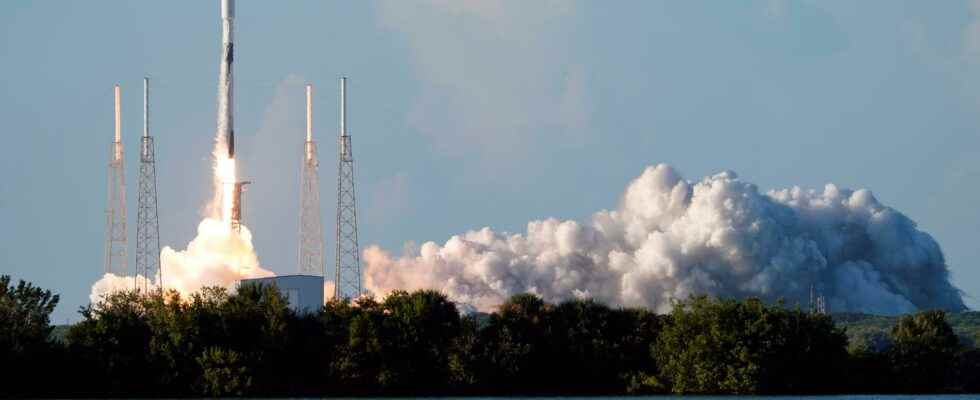Published: Less than 50 min ago
South Korea has postponed its first lunar probe, which will go on a year-long mission to, among other things, observe the moon. And play k-pop.
The probe “Danuri” – a combination of the Korean words for “moon” and “enjoy” – sat on a Falcon 9 rocket that was launched from Cape Canaveral in Florida by Elon Musk’s space company Space X shortly after 01 am Swedish time.
According to the plan, it will reach orbit around the moon in mid-December.
“Danuri will be the first step towards the moon and the outer universe,” writes South Korea’s Ministry of Science in a tweet referring to the country’s ambitious space program, which includes plans for a manned expedition to the moon in 2030.
Several instruments included
Space X writes in its own Twitter post that the launch was successful.
During its expedition, Danuri will use six different instruments, including a highly sensitive camera provided by Nasa. Among other things, the camera will be used to identify potential landing sites on the lunar surface.
One of the other instruments will evaluate interference-tolerant, network-based space communication, which, according to the Ministry of Science, has never been tried before.
The space probe also has the task of trying to establish the conditions for a wireless internal connection that should be able to link satellites and craft.
Playing k-pop
To test the connection, Danuri will stream k-pop band BTS’ song “Dynamite”.
Another instrument, called Shadowcam, will take pictures of the permanently shadowed areas around the moon’s poles, where sunlight never reaches.
– We hope to continue to contribute to the global understanding of the moon through what Danuri is tasked with carrying out, says a spokesperson for the Korea Space Research Institute to the AFP news agency.
The launch took place together with privately owned Space X, but earlier this year South Korea launched its home-made Nuri three-stage rocket, becoming one of only a handful of countries to successfully launch a one-ton payload on its own machine.
